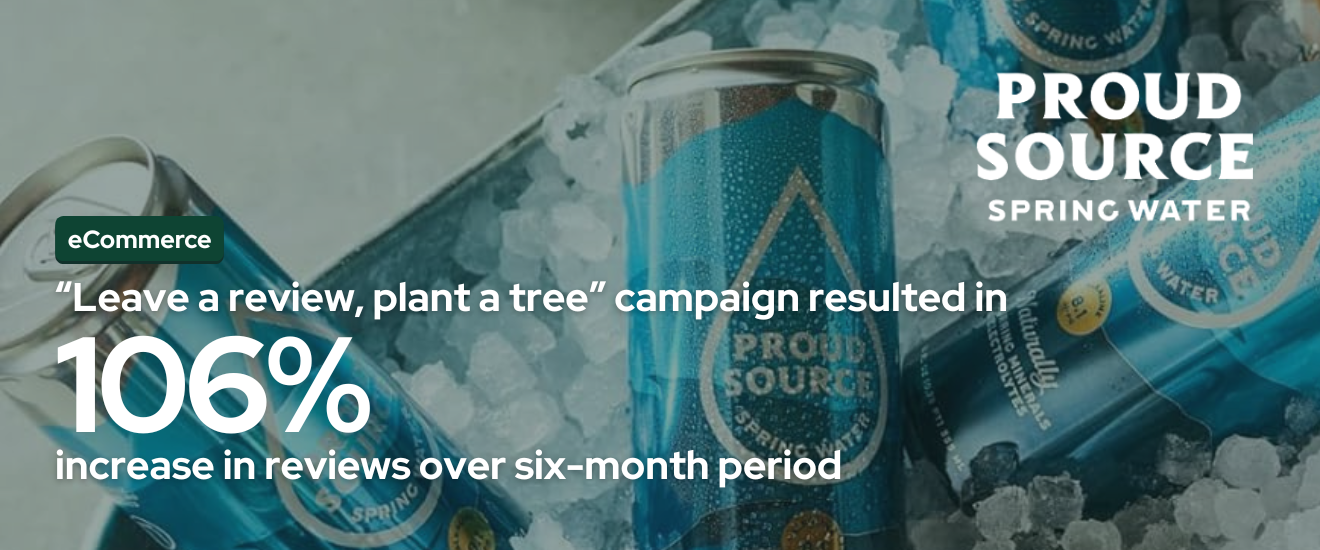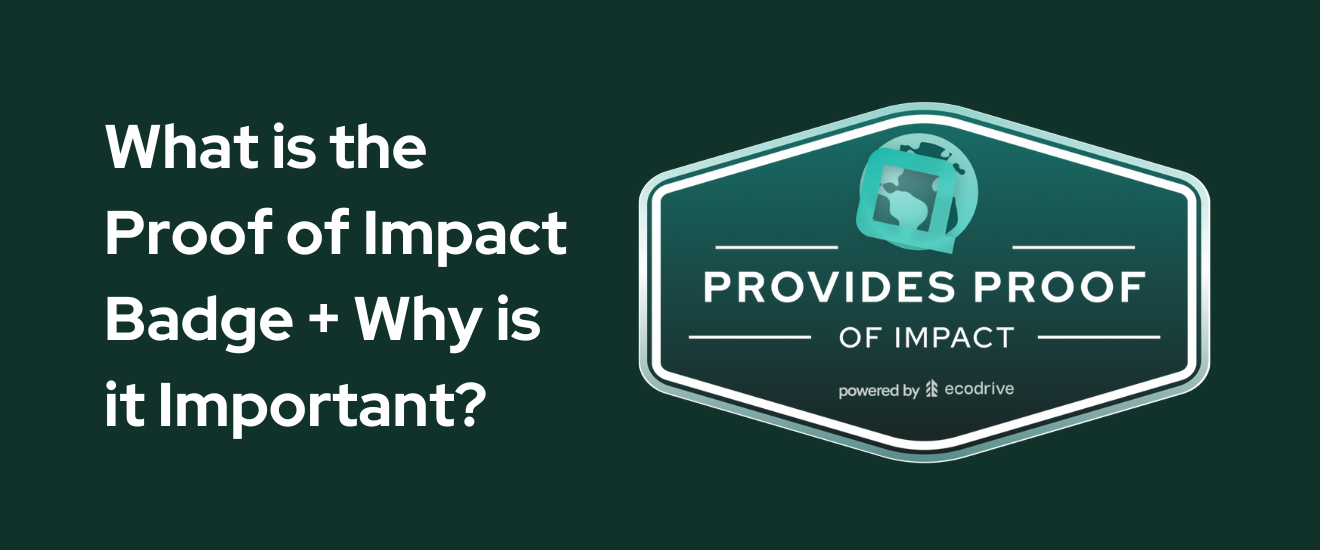The Role of Kelp in Carbon Sequestration: Nature’s Powerful Climate Ally
How can underwater forests capture carbon and fight climate change?
Kelp forests are becoming a growing focus in the fight against climate change.
Globally, over 40 percent of kelp forests have declined over the past five decades as a result of climate change, overexploitation, and pollution.
These underwater ecosystems not only support marine biodiversity but are emerging as key players in carbon sequestration - a process that removes carbon dioxide (CO₂) from the atmosphere, helping to mitigate global warming.
Below, we explore how kelp works as a natural climate ally.
What is Carbon Sequestration?
Carbon sequestration is the long-term storage of carbon dioxide in oceans, soil, vegetation, or geological formations. It’s a crucial method to slow down the accumulation of greenhouse gasses in the atmosphere, which contributes to global warming.
Terrestrial forests are major carbon sinks, but now scientists are turning their attention to the potential of marine plants like kelp to capture and store CO₂ too.
Kelp’s Role in Capturing Carbon
Kelp absorbs carbon dioxide as it grows, pulling CO₂ out of the atmosphere during photosynthesis. Fast-growing kelp species can absorb large amounts of CO₂, contributing to carbon sequestration.
When kelp dies, much of its biomass sinks to the ocean floor, effectively trapping carbon in deep-sea sediments for hundreds or even thousands of years. This process reduces the amount of CO₂ in the atmosphere, helping to mitigate climate change.
Can Kelp Farms Scale as Part of Climate Action?
Kelp farming is increasingly seen as a viable climate solution, with the potential to sequester carbon on a large scale. Projects around the world are testing the feasibility of farming kelp in vast areas of the ocean to maximize carbon capture.
The scalability of these farms could revolutionize the way we approach capturing carbon, making it an integral part of global climate action strategies.
Support Kelp Restoration Projects
In places like Canada, California and Norway, kelp restoration projects are already underway, aiming to rebuild critical ecosystems with the goal of both preserving biodiversity and acting as natural carbon sinks.
You can support kelp planting efforts in British Columbia by utilizing Ecodrive technology.
In British Columbia, kelp forests also provide important habitat for commercially and culturally valuable species such as herring, salmon and rockfish, as well as endangered northern abalone, in addition to being central to the traditions and well-being of Indigenous coastal communities.
New and innovative techniques will be used to seed bull kelp and sugar kelp. This project will produce millions of Kelp Sporophytes planted on a mix of line and green gravel in the Indigenous waters of British Columbia, Canada.
Ecdorive is a plug-in solution for your website or ecommerce store that allows you to match environmental impact like kelp planting to everyday business actions like sales, reviews, or meetings booked, at the click of a button.
Ecodrive powered performance also results in higher rates of conversion, increased LTV, and happier, more engaged customers.
Book a demo to receive one-on-one guidance on how your company can leverage Ecodrive as a growth tool for your business, whilst creating a lasting impact for our planet.












